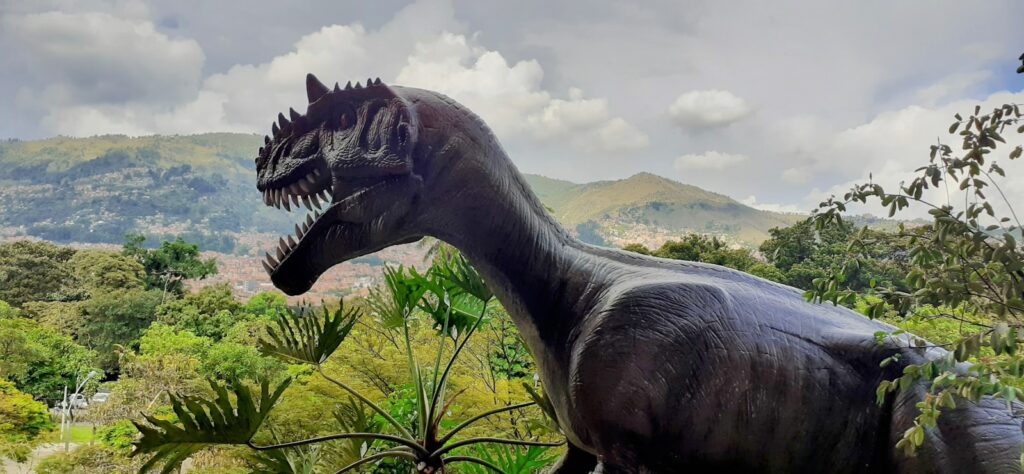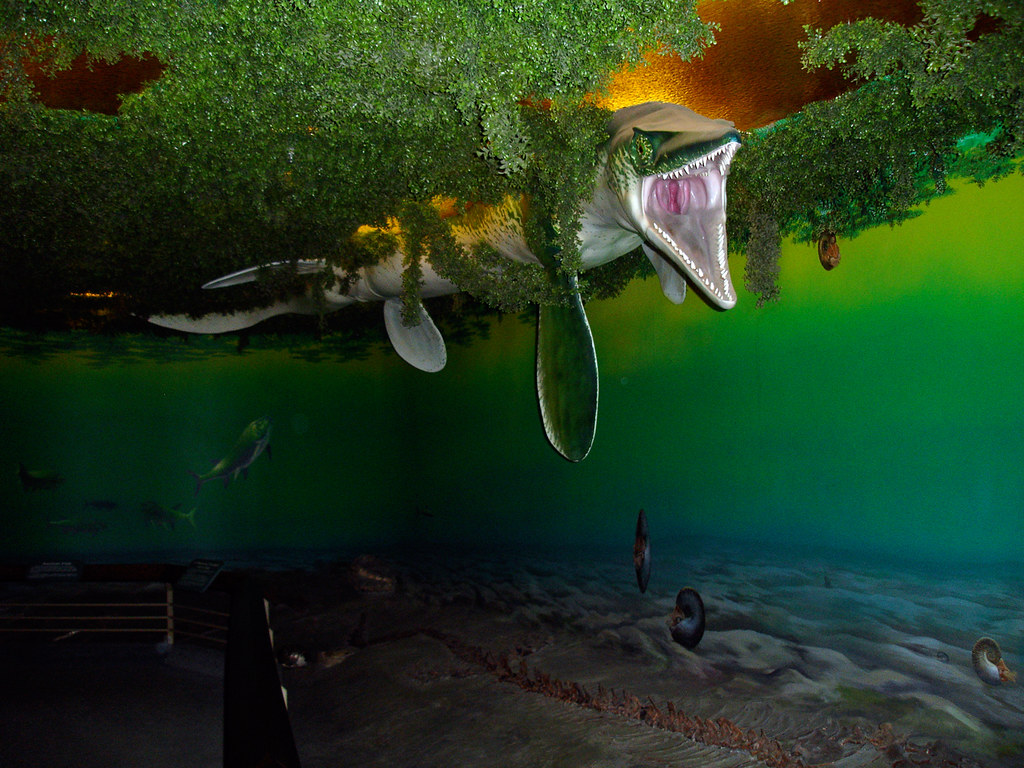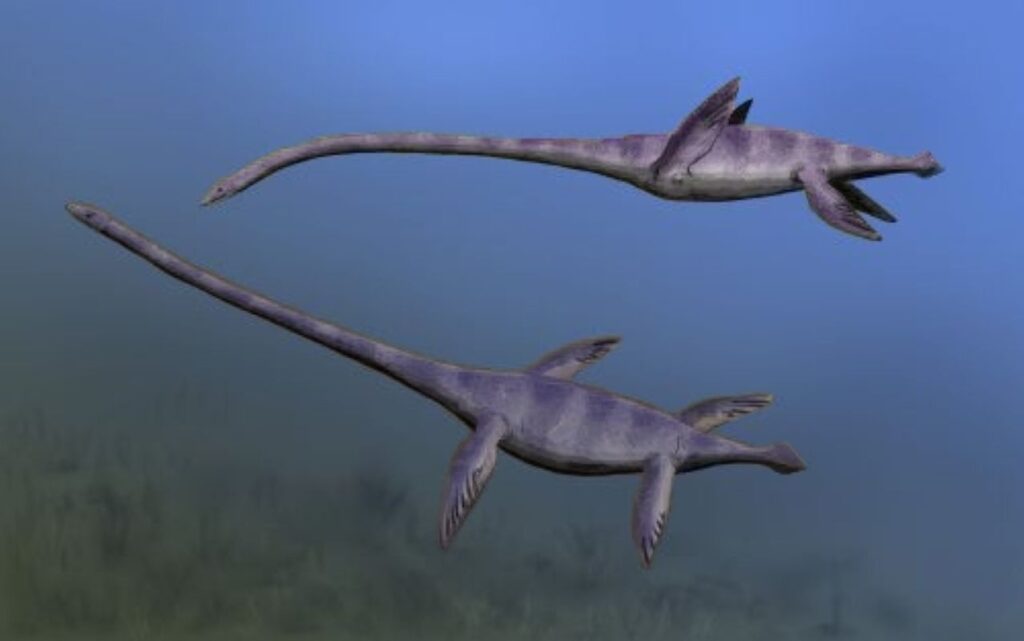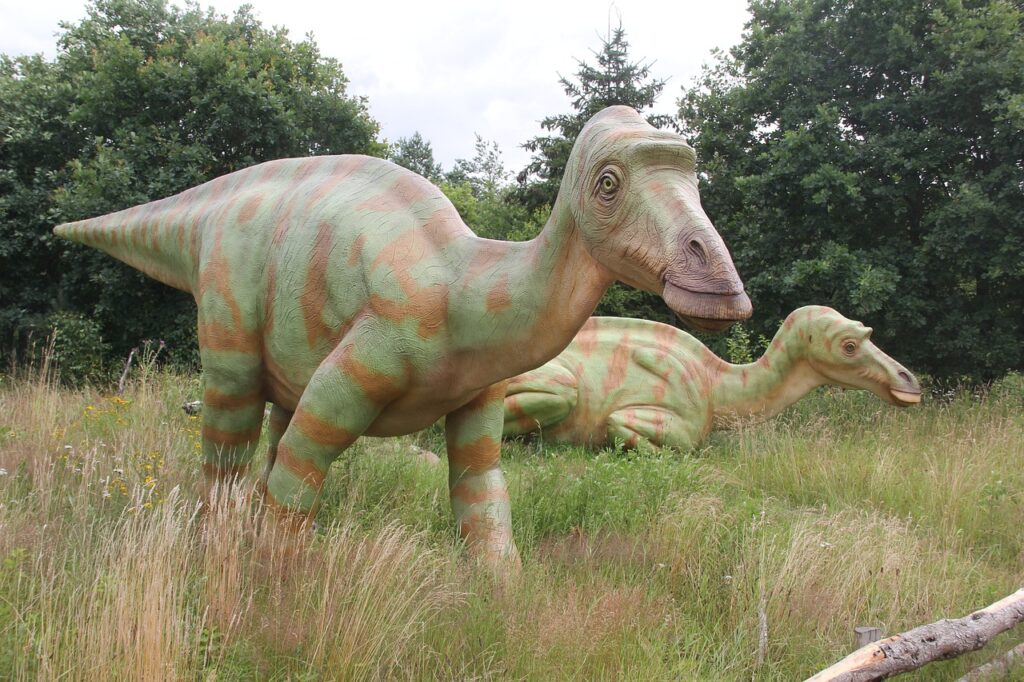The Lost World Hidden in Plain Sight
Imagine walking through the rolling hills of modern-day Virginia or Pennsylvania, completely unaware that beneath your feet lies evidence of a world so alien it defies belief. While most Americans think of dinosaurs roaming the wide-open spaces of Montana or Utah, a spectacular prehistoric drama unfolded right here in the eastern United States. The Appalachian region, now known for its coal mines and misty mountains, once teemed with massive predators, gentle giants, and bizarre creatures that would make today’s wildlife look mundane.
This forgotten ecosystem challenges everything we thought we knew about dinosaur distribution in North America. For decades, paleontologists dismissed the East Coast as a dinosaur wasteland, but recent discoveries have shattered that myth completely.
When Appalachia Was an Island Paradise
During the Late Cretaceous period, roughly 100 to 66 million years ago, a massive inland sea called the Western Interior Seaway split North America right down the middle. This ancient ocean stretched from the Gulf of Mexico to the Arctic, creating two distinct landmasses. The western portion became Laramidia, famous for its T. rex and Triceratops fossils that fill museum halls today.
The eastern landmass, dubbed Appalachia by modern scientists, remained largely mysterious until recently. This island continent was smaller, more humid, and densely forested compared to its western counterpart. The warm, subtropical climate created lush river deltas and coastal plains that supported entirely different dinosaur communities.
Think of it like comparing the wildlife of Madagascar to that of mainland Africa – isolation breeds unique evolutionary paths.
The Bone Wars That Never Happened
While the famous Bone Wars of the late 1800s focused entirely on western dinosaur beds, eastern North America remained largely unexplored for prehistoric life. The region’s geology worked against fossil preservation – acidic soils and heavy vegetation made discovery nearly impossible. Most of Appalachia’s sedimentary rocks from the right time period were either eroded away or buried under layers of younger material.
This geological conspiracy kept Appalachian dinosaurs hidden for over a century. When paleontologists finally began serious excavations in places like Delaware, New Jersey, and North Carolina in the 1980s and 1990s, they discovered an entirely different world of dinosaurs.
Dryptosaurus: The Eastern Tyrant King
Long before T. rex ruled the western plains, a different apex predator stalked the forests of ancient Appalachia. Dryptosaurus aquilunguis, whose name means “eagle-clawed tearing lizard,” was the undisputed king of the eastern ecosystem. This massive theropod measured up to 25 feet long and possessed incredibly powerful arms ending in massive, sickle-shaped claws.
Unlike its western cousin T. rex, which had famously tiny arms, Dryptosaurus used its powerful limbs as deadly weapons. Imagine a creature combining the size of a T. rex with the grabbing power of a giant eagle – that’s the nightmare fuel that roamed New Jersey’s ancient coastlines.
The first Dryptosaurus fossils were actually discovered in 1866, making it one of the earliest dinosaurs found in North America. Yet for decades, this eastern giant remained overshadowed by the more complete western finds.
The Hadrosaurus Revolution
Perhaps no dinosaur better represents the forgotten Appalachian ecosystem than Hadrosaurus foulkii, discovered in a New Jersey marl pit in 1858. This duck-billed herbivore became the first dinosaur skeleton mounted for public display anywhere in the world, yet its significance was largely forgotten as western discoveries took center stage.
Hadrosaurus was perfectly adapted to Appalachia’s wet, swampy environment. Its broad, flat bill allowed it to strip vegetation from both land and water, while its powerful legs could carry it quickly through the dense forests when predators approached. Recent studies suggest these eastern hadrosaurs were actually more aquatic than their western relatives.
The discovery of Hadrosaurus sparked America’s first dinosaur craze, yet somehow this eastern pioneer became a footnote in dinosaur history.
Hypsibema: The Gentle Giants of the Coastal Plains
Hidden in the coastal sediments of North Carolina and Alabama, paleontologists have uncovered evidence of truly massive herbivores that dwarfed even the largest western dinosaurs. Hypsibema crassicauda, known from fragmentary remains, may have reached lengths of over 50 feet, making it one of the largest dinosaurs ever discovered in North America.
These enormous hadrosaurs browsed the treetops of Appalachian forests, their long necks allowing them to reach vegetation that smaller dinosaurs couldn’t access. The abundance of plant material in the humid eastern climate could support such massive herbivores, creating an ecosystem unlike anything in the arid western plains.
Unfortunately, the acidic conditions that preserved western bones so well worked against eastern fossils, leaving us with only tantalizing fragments of these giants.
The Armored Titans of the East
While western North America is famous for its diverse array of horned dinosaurs like Triceratops, eastern Appalachia developed its own unique defensive strategies. Nodosaurus textilis, discovered in Kansas but representing eastern fauna, showcased a different approach to survival – heavy armor plating instead of horns and frills.
These living tanks were perfectly suited to the dense forests of Appalachia, where maneuverability mattered more than intimidating displays. Their low-slung bodies and extensive armor plating allowed them to bulldoze through underbrush while remaining protected from predators like Dryptosaurus.
The eastern armored dinosaurs represent a fascinating example of convergent evolution – different solutions to the same predator problem.
Ancient Crocodiles That Ruled the Rivers
The waterways of prehistoric Appalachia teemed with reptilian predators that made modern crocodiles look like garden lizards. Deinosuchus, the “terrible crocodile,” reached lengths of up to 35 feet and possessed skulls nearly six feet long. These massive predators lurked in the rivers and coastal waters, ambushing unwary dinosaurs that came to drink.
Fossil evidence suggests Deinosuchus actively hunted dinosaurs, with bite marks on hadrosaurus bones matching the massive jaws of these ancient crocodilians. The warm, humid climate of Appalachia created perfect conditions for these semi-aquatic giants to thrive.
Some specimens of Deinosuchus were so large they could have preyed on medium-sized theropods, turning the traditional predator-prey relationship on its head.
The Flying Rulers of Appalachian Skies
Above the forest canopy of prehistoric Appalachia, massive pterosaurs soared on wings that spanned over 30 feet. Quetzalcoatlus northropi, though discovered in Texas, represents the type of aerial giants that dominated eastern skies. These flying reptiles were larger than small airplanes and could spot prey from miles away.
The dense forests of Appalachia provided perfect thermals for these massive gliders, while the abundant rivers and coastal areas offered rich feeding opportunities. Unlike their smaller Jurassic cousins, these Cretaceous pterosaurs were apex predators in their own right.
Imagine looking up to see a creature with the wingspan of a fighter jet gliding silently overhead – that was reality in prehistoric Appalachia.
The Mysterious Case of Appalachian Theropods
Beyond Dryptosaurus, the eastern United States has yielded evidence of numerous other predatory dinosaurs, though many remain poorly understood due to incomplete fossil records. Teeth and bone fragments suggest a diverse community of theropods ranging from small, swift hunters to massive apex predators.
Recent discoveries in Delaware and North Carolina have revealed evidence of smaller, more agile predators that may have hunted in packs through the dense undergrowth. These eastern theropods likely developed different hunting strategies compared to their western cousins, adapting to the closed-canopy forest environment.
The lack of wide-open spaces in Appalachia may have favored ambush predators over pursuit hunters, creating a very different predator-prey dynamic than what we see in western fossil beds.
Plant Life That Shaped an Ecosystem
The lush vegetation of Cretaceous Appalachia was unlike anything seen in the western United States during the same period. Dense forests of primitive flowering plants, ferns, and conifers created a multi-layered canopy that supported diverse herbivore communities. The high humidity and abundant rainfall allowed plants to grow to enormous sizes.
This plant diversity directly influenced dinosaur evolution, with different herbivores specializing in different vegetation types. The forest floor, mid-canopy, and treetops each supported different communities of plant-eaters, creating a complex web of ecological relationships.
The evolution of flowering plants during the Cretaceous period was happening in real-time in Appalachian forests, with dinosaurs serving as some of the first pollinators and seed dispersers for these revolutionary plants.
Coastal Treasures and Marine Reptiles
The eastern seaboard of Appalachia wasn’t just home to terrestrial dinosaurs – the warm, shallow seas teemed with marine reptiles that rivaled anything in the western Interior Seaway. Massive mosasaurs like Tylosaurus and Platecarpus cruised the coastal waters, hunting primitive sharks and other marine life.
These marine predators occasionally ventured into coastal rivers and estuaries, where they may have encountered terrestrial dinosaurs. Fossil evidence suggests some marine reptiles were capable of limited movement on land, blurring the lines between aquatic and terrestrial ecosystems.
The rich marine environment of the Atlantic coastal plain provided abundant food sources that supported larger populations of coastal dinosaurs than might have otherwise been possible.
The Great Extinction and Eastern Survivors

When the asteroid impact that ended the Cretaceous Period struck 66 million years ago, it affected eastern and western ecosystems very differently. The dense forests of Appalachia may have provided some protection from the initial blast effects, but the subsequent climate changes were just as devastating.
Interestingly, some groups of eastern dinosaurs may have survived slightly longer than their western counterparts, though the fossil record is too fragmentary to make definitive claims. The different ecosystem structure of Appalachia created different extinction patterns compared to the western plains.
Small mammals and birds that survived the extinction event in eastern forests would go on to colonize the post-dinosaur world, carrying forward the evolutionary legacy of Appalachian ecosystems.
Modern Discoveries Rewriting History
Today’s paleontologists are using cutting-edge technology to unlock the secrets of Appalachian dinosaurs that have remained hidden for millions of years. Advanced CT scanning, chemical analysis, and computer modeling are revealing details about eastern dinosaurs that were impossible to study just decades ago.
Recent discoveries in North Carolina, Delaware, and New Jersey continue to add new species to the Appalachian dinosaur roster. Each new find helps piece together the complex ecosystem that once thrived in the eastern United States, challenging our understanding of dinosaur distribution and evolution.
The application of new extraction techniques is allowing paleontologists to recover fossils from formations that were previously considered too difficult to work with, opening up entirely new areas of research.
Conclusion: Reclaiming the Eastern Legacy
The forgotten dinosaur ecosystems of prehistoric Appalachia represent one of paleontology’s greatest untold stories. For too long, the eastern United States has been overshadowed by the spectacular fossil beds of the western plains, but we now know that equally amazing creatures once roamed from Georgia to Maine. These eastern dinosaurs evolved in isolation, creating unique adaptations to forest life that we’re only beginning to understand.
The humid, forested world of Cretaceous Appalachia supported massive predators like Dryptosaurus, gentle giants like Hadrosaurus, and armored herbivores perfectly adapted to dense vegetation. Above them soared pterosaurs larger than aircraft, while in the rivers lurked crocodilians that could take down dinosaurs. This wasn’t just a different ecosystem – it was an entirely different world.
As new discoveries continue to emerge from eastern fossil sites, we’re realizing that the story of American dinosaurs is far more complex and fascinating than we ever imagined. The next time you walk through the forests of Appalachia, remember that you’re treading on one of the world’s most spectacular prehistoric landscapes. What other secrets are still waiting to be discovered beneath our feet?




